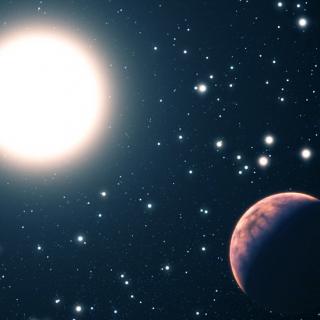Bibcode
Adibekyan, Vardan; Dorn, Caroline; Sousa, Sérgio G.; Santos, Nuno C.; Bitsch, Bertram; Israelian, Garik; Mordasini, Christoph; Barros, Susana C. C.; Delgado Mena, Elisa; Demangeon, Olivier D. S.; Faria, João P.; Figueira, Pedro; Hakobyan, Artur A.; Oshagh, Mahmoudreza; Soares, Bárbara M. T. B.; Kunitomo, Masanobu; Takeda, Yoichi; Jofré, Emiliano; Petrucci, Romina; Martioli, Eder
Bibliographical reference
Science
Advertised on:
10
2021
Journal
Citations
164
Refereed citations
148
Description
Stars and planets both form by accreting material from a surrounding disk. Because they grow from the same material, theory predicts that there should be a relationship between their compositions. In this study, we search for a compositional link between rocky exoplanets and their host stars. We estimate the iron-mass fraction of rocky exoplanets from their masses and radii and compare it with the compositions of their host stars, which we assume reflect the compositions of the protoplanetary disks. We find a correlation (but not a 1:1 relationship) between these two quantities, with a slope of >4, which we interpret as being attributable to planet formation processes. Super-Earths and super-Mercuries appear to be distinct populations with differing compositions, implying differences in their formation processes.
Related projects

Observational Tests of the Processes of Nucleosynthesis in the Universe
Several spectroscopic analyses of stars with planets have recently been carried out. One of the most remarkable results is that planet-harbouring stars are on average more metal-rich than solar-type disc stars. Two main explanations have been suggested to link this metallicity excess with the presence of planets. The first of these, the “self
Garik
Israelian

Exoplanets and Astrobiology
The search for life in the universe has been driven by recent discoveries of planets around other stars (known as exoplanets), becoming one of the most active fields in modern astrophysics. The growing number of new exoplanets discovered in recent years and the recent advance on the study of their atmospheres are not only providing new valuable
Enric
Pallé Bago